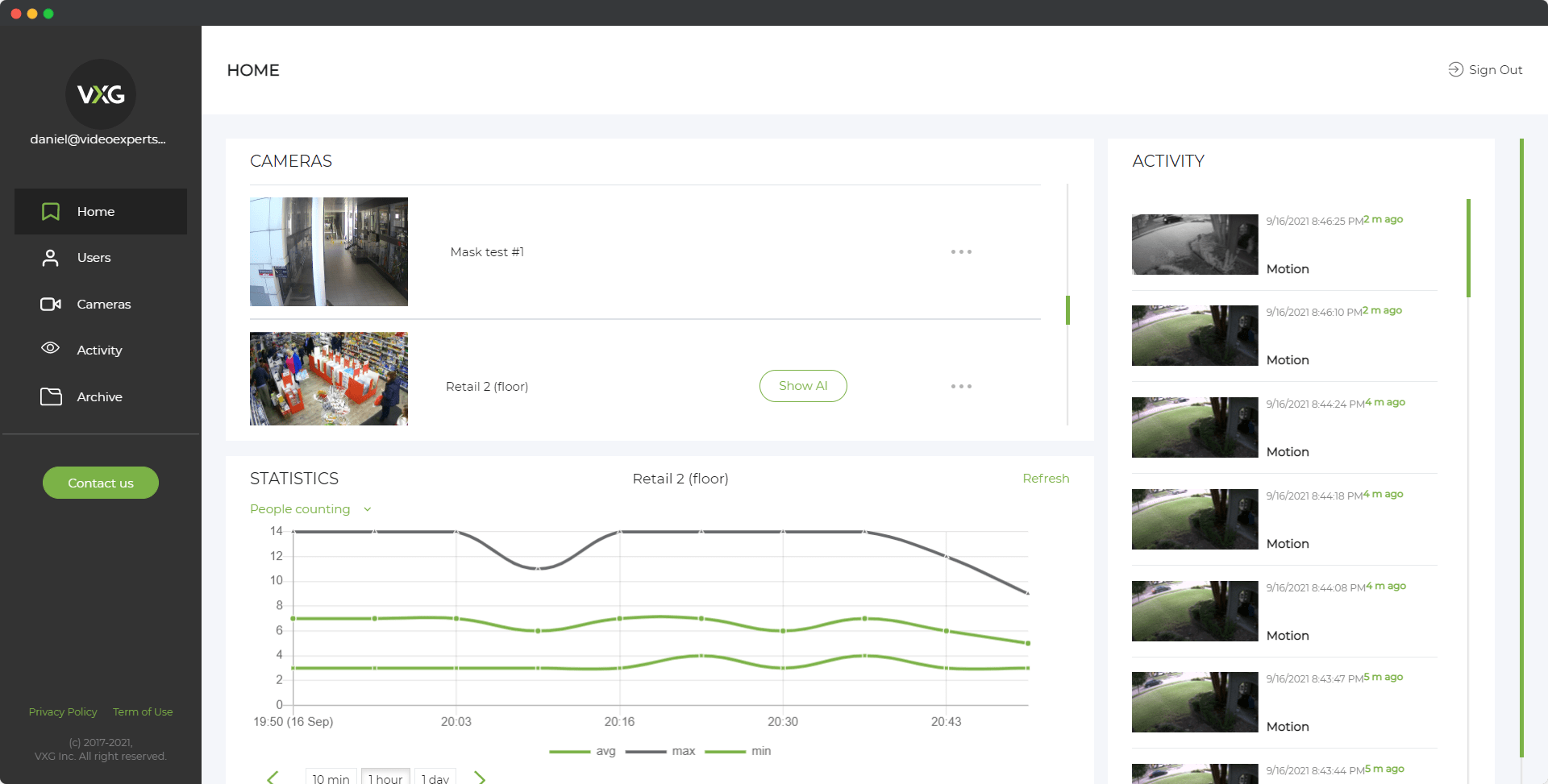OpenEye is a well-known brand in the security and surveillance industry, providing high-quality video management systems, cameras, and other security solutions. Like many network-connected devices, OpenEye systems come pre-configured with default settings to simplify initial setup. These defaults include an IP address, username, password, and port settings, which are essential for accessing and managing the system. However, using these defaults without changes can pose security risks. This article explores the default settings for OpenEye devices, providing insight into their purposes and potential vulnerabilities.
Default IP Address
The default IP address is a crucial element for accessing OpenEye devices over a network. Typically, OpenEye systems are set to a private IP address by default, which can be something like 192.168.1.1 or 192.168.0.100. This address allows the device to be reached within a local network.
Why It Matters:
The default IP address is used to access the device’s web interface, where you can configure settings, view live feeds, and manage recordings. It is essential to change this IP address to fit within your network’s IP range and to avoid conflicts with other devices.
Security Concern:
If the default IP is not changed, it may be easier for unauthorized users within the network to access the device. This risk is especially pronounced in large networks where many devices are connected.
Default Username
The default username for OpenEye devices is generally set to a common name like admin. This username is part of the login credentials used to access the system.
Why It Matters:
The default username is required to log in to the device for the first time. It’s important to note that OpenEye, like many manufacturers, uses easily guessable usernames to simplify the initial configuration process.
Security Concern:
Leaving the default username unchanged can make the device more vulnerable to unauthorized access. Anyone with basic knowledge of OpenEye devices might attempt to gain access using this well-known username.
Default Password
The default password is typically set to a simple string, such as 1234 or admin. It is used in conjunction with the username to log into the system.
Why It Matters:
The default password is intended to provide initial access to the device. During the first login, users are often prompted to change this password to something more secure.
Security Concern:
Default passwords are widely known and easily exploitable by malicious actors. If the password is not changed immediately, it leaves the system highly susceptible to unauthorized access, potentially compromising the entire surveillance setup.
Default Port
The default port is the network port that OpenEye devices use to communicate over the internet. Common default ports for OpenEye systems include port 80 for HTTP access or port 443 for HTTPS access.
Why It Matters:
The port number is necessary for directing traffic to the correct service on the device. When accessing the device via a web browser, the default port (e.g., 80 or 443) is typically used unless otherwise specified.
Security Concern:
Using default ports can make it easier for attackers to identify and target OpenEye devices, especially if they are scanning a network for common vulnerabilities. Changing the default port to a non-standard one can add an additional layer of security, making the device less likely to be discovered and exploited.
Understanding the default IP address, username, password, and port settings of OpenEye devices is crucial for both initial setup and ongoing security management. While these defaults are convenient for quick installation, they also pose significant security risks if not changed. By updating these settings immediately after installation, you can enhance the security of your surveillance system, protecting it from unauthorized access and potential cyber threats.
















